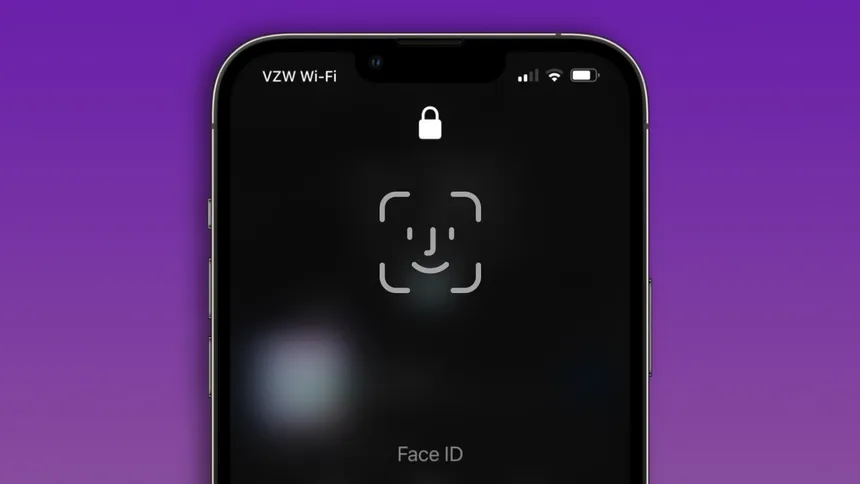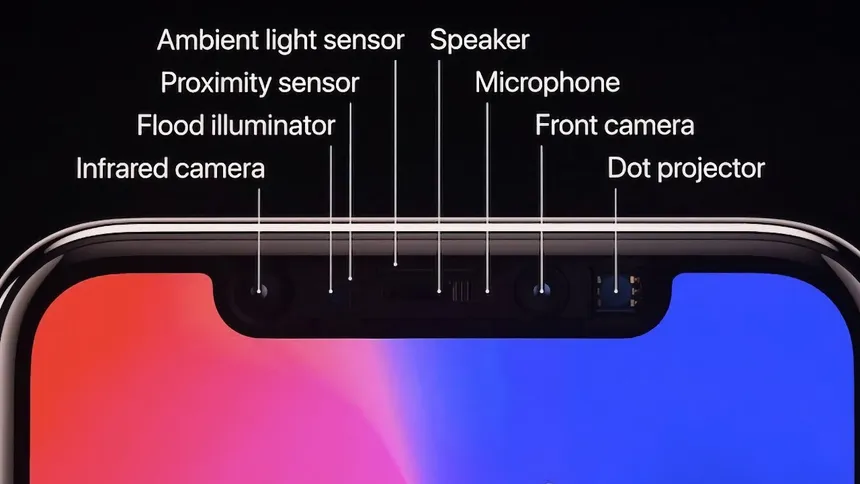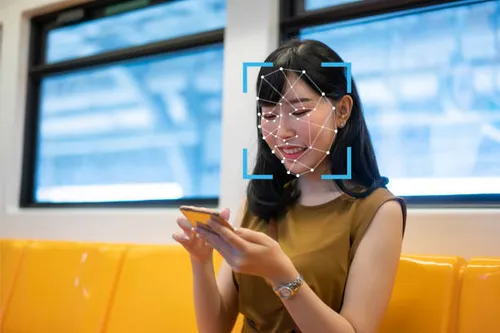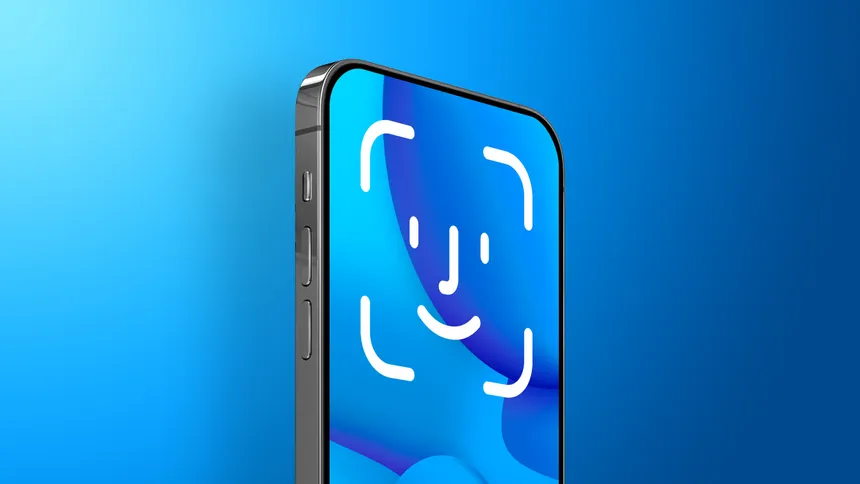"How Face ID Works: Unveiling the Technology Powering Apple's Facial Recognition"
 Ayan
Ayan
Face ID, Apple's facial recognition system, was introduced in 2017 with the iPhone X and has since become a widely adopted feature in its newer devices. It replaced the fingerprint-based Touch ID and offers a fast, secure way to unlock iPhones, make payments, and authenticate apps. But how exactly does Face ID work? Let’s dive into the cutting-edge technology that powers this facial recognition system.
1. The True Depth Camera System
At the core of Face ID is Apple's True Depth camera system, which is integrated into the notch at the top of the iPhone display. This system comprises several sensors and components that work together to create a detailed 3D map of the user’s face.
The key components of the True Depth system include:
Infrared (IR) Camera: Captures an image using infrared light, which is invisible to the human eye but essential for detecting depth and working in low-light conditions.
Flood Illuminator: Projects infrared light onto your face to ensure the system works even in complete darkness.
Dot Projector: Projects over 30,000 tiny infrared dots onto your face to map its unique features.
Front Camera: Captures a 2D image, which is combined with the depth data to create a detailed facial map.

2. Facial Mapping: Creating a 3D Model
When you set up Face ID, the system begins by scanning your face and capturing its unique features. Here’s how it works:
Dot Projection: The dot projector throws a grid of infrared dots onto your face. These dots help measure the depth and contour of various facial features, such as the nose, eyes, and mouth.
Depth Map Creation: The infrared camera reads the reflection of the dots on your face and calculates the exact depth and shape of each part of your face. This data is combined with the 2D image taken by the front camera.
3D Facial Model: Using this information, Face ID creates a 3D facial model, which it uses to compare against future scans whenever you try to unlock your device.
Since this facial map is built in three dimensions, Face ID can distinguish between a flat image and a real face, making it difficult for photos or masks to fool the system.

3. Machine Learning and Adaptation
Face ID relies on machine learning algorithms to ensure it works accurately and improves over time. Apple uses a neural engine to process and analyze the facial data in real-time. The system continuously adapts to subtle changes in your appearance, such as growing a beard, wearing glasses, or putting on makeup. It does this by updating your face’s model each time you successfully unlock your device.
Adaptability is one of Face ID's key strengths:
Changes in Appearance: Face ID is designed to recognize you even if your hairstyle changes or you're wearing different accessories.
Glasses, Hats, and Scarves: Face ID can work with most sunglasses, hats, and scarves, as long as enough of your facial features remain visible.
Face Masks: During the COVID-19 pandemic, Apple released updates allowing Face ID to work with face masks, recognizing the upper part of the face (with less accuracy compared to full-face recognition).
4. Secure Enclave: Protecting Your Data
Face ID’s security is a crucial element of its design. All facial recognition data is encrypted and stored in a special section of the iPhone’s processor known as the Secure Enclave. This hardware-based security system ensures that your facial data never leaves your device and is not uploaded to Apple’s servers or the cloud.
When you try to unlock your iPhone, the facial data from the current scan is compared to the stored data in the Secure Enclave. If the match is successful, the phone is unlocked. If not, additional scans are taken, and after several failed attempts, the iPhone will require a passcode.
5. Unlocking and Authentication
Face ID is designed to make unlocking your phone and performing secure tasks quick and seamless. It’s used for a variety of functions beyond unlocking the phone:
Apple Pay: Face ID can authenticate payments with a simple glance, providing a secure alternative to typing passwords or using Touch ID.
App Authentication: Many apps, like banking and password managers, now use Face ID for secure login.
Purchases and Subscriptions: When making purchases from the App Store, iTunes, or other Apple services, Face ID can be used to confirm transactions securely.
Face ID only works when the user is looking directly at the phone with their eyes open. This prevents someone from unlocking your device when you're asleep or not paying attention.

6. Security and Privacy
Apple emphasizes the security and privacy of Face ID. The probability that a random person could unlock your iPhone with Face ID is about 1 in 1,000,000, making it significantly more secure than Touch ID, which has a 1 in 50,000 chance of a false match.
Some additional security features include:
Attention Awareness: Face ID requires that you look directly at the device with your eyes open, ensuring that the system can’t be tricked by photos or videos of your face.
Local Processing: Your face data never leaves your iPhone. It is processed and stored entirely on the device, inside the Secure Enclave, ensuring that it cannot be accessed or shared by Apple or third parties.
7. Limitations and Challenges
While Face ID is highly secure and efficient, it does have some limitations:
Angles and Distances: Face ID works best when held within a certain distance and angle from your face. If you're too close, too far, or holding the phone at an unusual angle, it might not recognize you.
Extreme Changes in Appearance: While Face ID can adapt to most changes in appearance, significant alterations (like major plastic surgery or a dramatically different hairstyle) might require resetting Face ID.
Glare from Glasses: Certain types of reflective sunglasses can interfere with Face ID’s ability to detect your eyes, though Apple has improved this in recent updates.
8. The Future of Face ID
Face ID has set the standard for biometric authentication on mobile devices, but its future could extend beyond just phones and tablets. As augmented reality (AR) becomes more prominent, Face ID's underlying technology could play a role in recognizing and interacting with users in a more immersive way. Apple is also rumored to be working on in-screen Face ID for future iPhones, eliminating the need for a visible notch altogether.
Conclusion
Face ID is a sophisticated blend of hardware and software, combining depth sensing, machine learning, and secure processing to provide a fast, convenient, and secure authentication method. Its success lies in the precision of the TrueDepth camera system and the adaptability of its machine learning algorithms. As technology evolves, Face ID is likely to continue playing a key role in the future of biometric security and user interfaces.
Subscribe to my newsletter
Read articles from Ayan directly inside your inbox. Subscribe to the newsletter, and don't miss out.
Written by

Ayan
Ayan
"I post blogs here in a simple way, so that a 5-year-old can read and understand them."